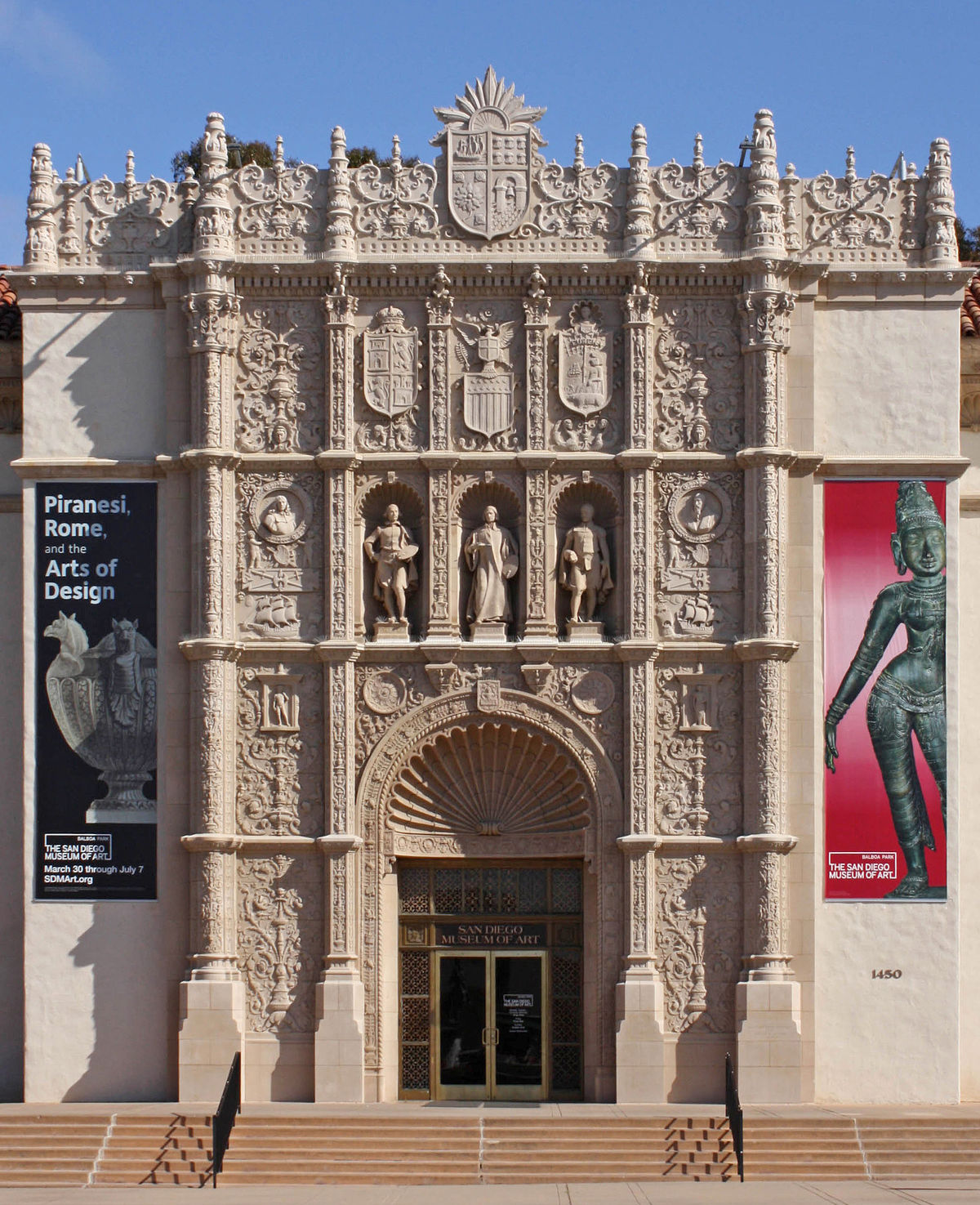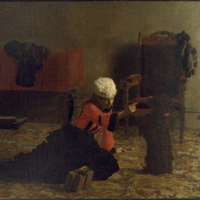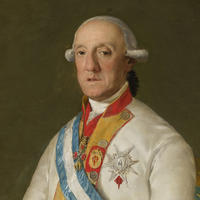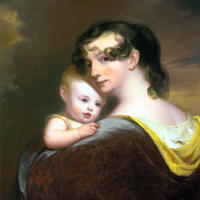More about The San Diego Museum of Art
Works at The San Diego Museum of Art

Contributor
If the Louvre is the Beyoncé of the art world, then the San Diego Museum of Art is probably a seasoned yet obscure indie artist.
Staying under the radar has its perks, and a certain air of mystery is one of them. Who needs 7 million annual visitors when you have a donor history curious enough to intrigue Nancy Drew?
In 1938, the museum was just finding its feet, aided by charismatic young director Reginald Poland. His biggest supporters? Three reclusive sisters, the wealthy young heiresses to the Putnam fortune. Amy, Anne, and Irene were the talk of the town, only fueling the gossip when they cruised about in a limousine with curtained windows. The three were unmarried and extremely private, the only glimpse into their lavish lifestyle the 115 donations they made to the museum. Among the gifts were paintings by Murillo, van Dyck, and Goya. Yet, in the late '40s, the partnership between Poland and Amy disintegrated. The sisters withdrew their support, fading again into anonymity. They resumed their secretive lifestyle that we can only assume involved cake for breakfast and caviar served on golden dishware.
These days, the museum impresses with artistic flower arrangements in the annual “Art Alive” fundraiser. Millennials are roped in with social media outreach and the Culture & Cocktails events— think prom in a museum, plus mixed drinks. The building wasn’t always full of live music and eager art history majors, however. Before the Balboa Park location became a haven of fancy liquor and botany, it had to outlast World War II.
The 1941 attack on Pearl Harbor kicked the museum into survival mode, and artworks were distributed among safer locations. In 1943, the building was taken over by the military and would serve for four years as a wartime hospital, accommodating over 400 beds. The remaining collection was transferred into a mansion, thanks to donors with an impressive amount of disposable income.
In 2004, the museum ran into a spot of trouble when a recent acquisition proved to be stolen. Expulsion from the Garden of Eden, painted in the 1700s by an unidentified artist, decorated a church in Hidalgo, Mexico. The thieves, evidently of excellent artistic taste, cut the masterpiece straight out of its frame and sold it to a collector in 2000. Perhaps reluctant to hang a stolen canvas by the dinner table, the buyer sold the piece to the San Diego Museum for a whopping 45,000 dollars. That’s enough to buy at least three college textbooks! Our favorite museum quickly gave up the acquisition when its origins were discovered. Good move, San Diego— kicking off the new millennium with a lawsuit never bodes well.
Sources
- “7.4 million visitors to the Louvre in 2016.” Louvre. March 3, 2017. Accessed August 23, 2017. http://presse.louvre.fr/7-3-million-visitors-to-the-louvre-in-2016/.
- “Mission & History.” The San Diego Museum of Art. 2017. Accessed August 23, 2017. https://www.sdmart.org/mission-history/.
- Moore, Judith. “The Mystery of the Putnam Sisters.” San Diego Reader. January 31, 1985. Accessed August 23, 2017. https://www.sandiegoreader.com/news/1985/jan/31/mystery-putnam-sisters/#.
- “San Diego Museum of Art Returns Stolen Painting to Mexico.” Art Daily. Accessed August 23, 2017. http://artdaily.com/news/17141/San-Diego-Museum-of-Art-Returns-Stolen-P….
- “San Diego Museum of Art.” Wikipedia. June 11, 2017. Accessed August 23, 2017. https://en.wikipedia.org/wiki/San_Diego_Museum_of_Art.
- Thompson, Stephanie. “Wanted: Millennials Who Love the Arts.” San Diego Magazine. 2017. Accessed August 23, 2017. http://www.sandiegomagazine.com/San-Diego-Magazine/Charitable-Events/An….
Featured Content
Here is what Wikipedia says about San Diego Museum of Art
The San Diego Museum of Art is a fine arts museum located at 1450 El Prado in Balboa Park in San Diego, California that houses a broad collection with particular strength in Spanish art. The San Diego Museum of Art opened as The Fine Arts Gallery of San Diego on February 28, 1926, and changed its name to the San Diego Museum of Art in 1978. The official Balboa Park website calls the San Diego Museum of Art "the region's oldest and largest art museum". Nearly half a million people visit the museum each year.
Check out the full Wikipedia article about San Diego Museum of Art















